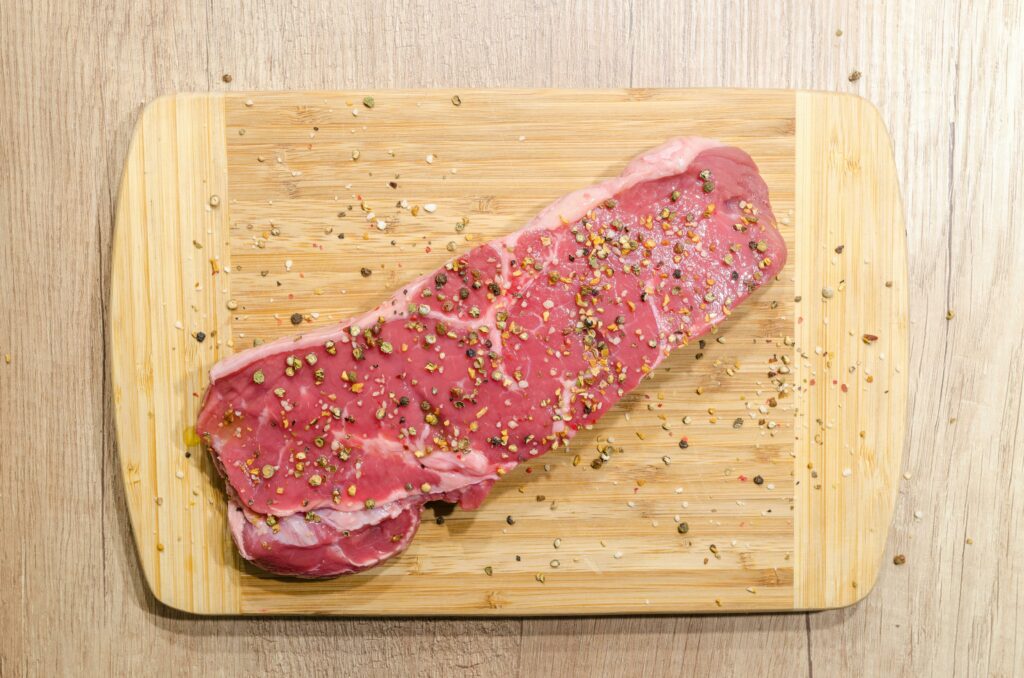
Food labels are usually busy with information, endorsements, nutritional panels, health claims and ingredients. Instead of reading everything there is one part of the label that will help you make a healthy choice.
When you are looking at five brands of the same product, apart from price, how do you choose a packaged food and know that it will help your health rather than hinder your health?
Just four decades ago we ate real food, now much of the packaged food on the supermarket shelves may look like food, taste like food, smell like food but may not be food. Packaged and processed food makers are masters at disguise. So much so that jams can be made with no fruit and packaged meals can have more fillers, colours, flavours and thickeners than actual food ingredients.
We’ve been taught by the dietary guidelines to seek out the nutrition panel on the food package and our food health star rating is based on this panel. The nutritional panel will give you information on fats (saturated, monounsaturated, trans, polyunsaturated), proteins, carbohydrates, sugars and salts. Depending on what dietary advice you accept, whether it is the low salt, low fat, low sugar will all depend on what you are looking for on the panel and therefore choose accordingly.
RELATED: What’s The Best Diet For Men
But what if I told you that food manufacturers are also masters at manipulating the figures on the nutrition label so that they can put on the front of the food label, a health claim, which may include; low in fat, salt reduced, low in sugar, high protein and so on. These health claims are useless if the food itself is not a healthy food. Marketing and advertising sways us to believe the health claims but it merely is there to sell a product rather than create healthy individuals.
When you are faced with a food label your focus should be the ingredient list. This will tell you exactly what is in the package. If you see a bunch of ingredients that you have in your own pantry and you understand what each of the ingredients are, then you have found a food that your body’s genetic blueprint knows exactly what to do to give you energy and health.
On the other hand, if you find the ingredient panel is filled with flavours (natural or artificial) colours, stabilisers, thickeners, preservatives, numbers and a list of words unpronounceable, then it will be filled with unrecognisable substances that your evolutionary body may not recognise and may or may not turn on the wrong signals for health.
The reason modern day illnesses are called lifestyle illnesses is because the food like substances that have replaced healthy real food choices have dominated the western diet.
So, the key to choosing healthy packaged foods is to concentrate on the ingredients rather than the nutritional panel.
Cyndi O’Meara is a Nutritionist and the founder of Changing Habits.
















